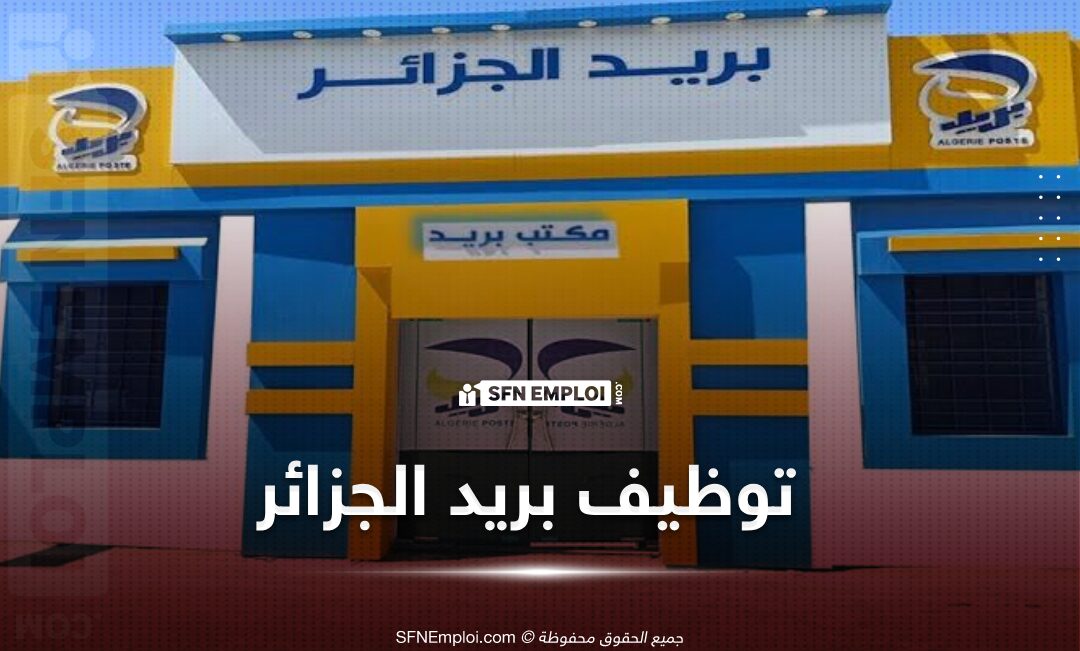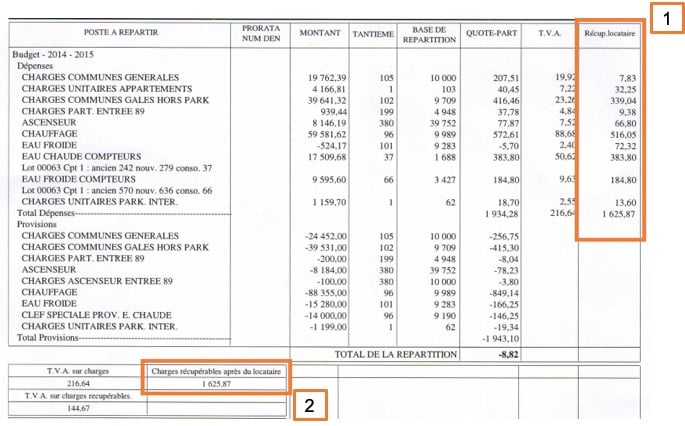Streamlining Your China Exports: A 90-Day Plan

Table of Contents
Phase 1: Foundation (Days 1-30) – Setting Up for Success
The first 30 days are critical for laying the groundwork for successful China exports. This phase focuses on regulatory compliance, supplier selection, and establishing your logistics strategy.
Regulatory Compliance & Documentation
Understanding and complying with China export regulations is paramount. Failure to do so can lead to significant delays, fines, and even product seizure. Key aspects include:
- Obtaining necessary export licenses: Research and apply for all required licenses from your country's relevant authorities.
- Securing product certifications: Ensure your products meet Chinese standards and obtain the necessary certifications (e.g., CCC, CE).
- Preparing accurate customs documentation: This includes commercial invoices, packing lists, and certificates of origin. Accurate documentation is crucial for smooth customs clearance.
Navigating Chinese regulations can be complex. Utilize resources like the Chinese government's website and reputable trade associations for updated information and guidance on China export regulations.
Finding Reliable Suppliers & Manufacturers
Selecting trustworthy Chinese suppliers is vital for product quality and timely delivery. Your vetting process should include:
- Online research: Utilize platforms like Alibaba and Global Sources to identify potential suppliers.
- Trade show attendance: Attending trade shows allows you to meet suppliers in person and assess their capabilities.
- Due diligence: Conduct thorough background checks, verify certifications, and request samples for quality assessment.
- Negotiating contracts: Clearly define terms, payment schedules, quality standards, and intellectual property rights in your contracts.
Effective supplier vetting and strong contract negotiation are key to mitigating risks and ensuring a smooth supply chain.
Logistics & Shipping Strategy
Developing a robust logistics strategy is crucial for efficient and cost-effective China shipping. Consider:
- Choosing the right shipping method: Sea freight is generally the most cost-effective for large shipments, while air freight offers faster delivery. Rail freight provides an alternative option.
- Selecting a reliable freight forwarder: A reputable freight forwarder handles customs brokerage, documentation, and transportation.
- Understanding incoterms: Familiarize yourself with Incoterms (International Commercial Terms) to clarify responsibilities and costs between you and your supplier.
Phase 2: Implementation (Days 31-60) – Getting Your Products Moving
This phase focuses on production, customs clearance, and efficient financial management.
Production & Quality Control Oversight
Maintain consistent communication with your supplier throughout the production process:
- Regular progress updates: Monitor production timelines and address potential delays proactively.
- Quality control checks: Implement rigorous quality control measures at various stages of production.
- Addressing quality issues promptly: Develop a clear process for addressing and resolving any quality issues that may arise.
Effective communication and proactive quality control are essential for ensuring that your products meet your standards.
Customs Brokerage & Import Procedures
A customs broker simplifies the import process significantly:
- Documentation preparation: Your broker handles the preparation and submission of necessary customs documentation.
- Customs clearance: They navigate the customs clearance process, ensuring your shipment passes through efficiently.
- Accurate product classification: Accurate HS codes (Harmonized System codes) are critical for avoiding delays and penalties.
Choosing a reputable customs broker is a key element of streamlining your China exports.
Payment & Financial Management
Secure payment methods are crucial to protect your investment:
- Letters of Credit: Offer buyer protection by ensuring payment is released only upon fulfillment of specific conditions.
- Escrow Services: Provide a secure platform for managing payments, ensuring both buyer and seller are protected.
- Currency exchange: Consider the impact of currency fluctuations on your financial planning.
Careful financial management minimizes risk and ensures smooth cash flow.
Phase 3: Optimization (Days 61-90) – Refining Your Processes
The final phase focuses on analysis, relationship building, and exploring expansion opportunities.
Performance Analysis & Data Tracking
Monitor key performance indicators (KPIs) to identify areas for improvement:
- Tracking shipment times: Analyze shipping times to optimize logistics.
- Monitoring costs: Identify areas where costs can be reduced.
- Analyzing customer feedback: Gather feedback to improve product quality and customer satisfaction.
Data-driven decision-making allows for continuous improvement in your China export processes.
Building Strong Supplier Relationships
Cultivating strong relationships with your Chinese suppliers is key for long-term success:
- Regular communication: Maintain open and consistent communication with your suppliers.
- Mutual trust and respect: Build a relationship based on trust, transparency, and mutual respect.
- Collaboration: Collaborate with your suppliers to address challenges and improve efficiency.
Exploring Market Expansion Opportunities
Once your initial export process is running smoothly, consider expansion:
- Targeting new customer segments: Research and identify new market segments within China.
- Introducing new products: Explore opportunities to expand your product offerings.
- Developing strategic partnerships: Build relationships with distributors and other businesses to expand your reach.
Continuous growth and diversification are crucial for long-term success in the dynamic Chinese market.
Conclusion: Streamline Your China Export Success
This 90-day plan provides a structured approach to streamlining your China exports. By focusing on the foundational elements in Phase 1, implementing efficient processes in Phase 2, and optimizing your operations in Phase 3, you can significantly improve efficiency, reduce costs, and unlock the immense potential of the Chinese market. Remember that successful China exports require careful planning, consistent effort, and a commitment to continuous improvement. Download our free checklist to begin streamlining your China exports today!

Featured Posts
-
 Hrithik Roshans Krrish 4 Plot Leaks Cast Additions And Speculation
May 27, 2025
Hrithik Roshans Krrish 4 Plot Leaks Cast Additions And Speculation
May 27, 2025 -
 Apple Tv Studio A Complete Guide To New Episode Releases
May 27, 2025
Apple Tv Studio A Complete Guide To New Episode Releases
May 27, 2025 -
 Altsjyl Fy Msabqt Bryd Aljzayr 2025 Khtwat Altqdym Walwthayq Almtlwbt
May 27, 2025
Altsjyl Fy Msabqt Bryd Aljzayr 2025 Khtwat Altqdym Walwthayq Almtlwbt
May 27, 2025 -
 Legal And Free Streaming Of 1923 Season 2 Episode 6 Tonight
May 27, 2025
Legal And Free Streaming Of 1923 Season 2 Episode 6 Tonight
May 27, 2025 -
 Regularisations Massives De Charges A Saint Ouen Un Fonds D Aide Pour Les Locataires
May 27, 2025
Regularisations Massives De Charges A Saint Ouen Un Fonds D Aide Pour Les Locataires
May 27, 2025
Latest Posts
-
 Ticketmaster Aclara Sus Precios De Boletos
May 30, 2025
Ticketmaster Aclara Sus Precios De Boletos
May 30, 2025 -
 Ticketmaster Ofrece Mayor Transparencia En El Precio De Sus Entradas
May 30, 2025
Ticketmaster Ofrece Mayor Transparencia En El Precio De Sus Entradas
May 30, 2025 -
 Cambios En La Politica De Precios De Ticketmaster Una Explicacion
May 30, 2025
Cambios En La Politica De Precios De Ticketmaster Una Explicacion
May 30, 2025 -
 Mas Claridad Sobre Los Precios De Boletos El Anuncio De Ticketmaster
May 30, 2025
Mas Claridad Sobre Los Precios De Boletos El Anuncio De Ticketmaster
May 30, 2025 -
 Ticketmaster Aclara Sus Precios De Boletos Lo Que Necesitas Saber
May 30, 2025
Ticketmaster Aclara Sus Precios De Boletos Lo Que Necesitas Saber
May 30, 2025
